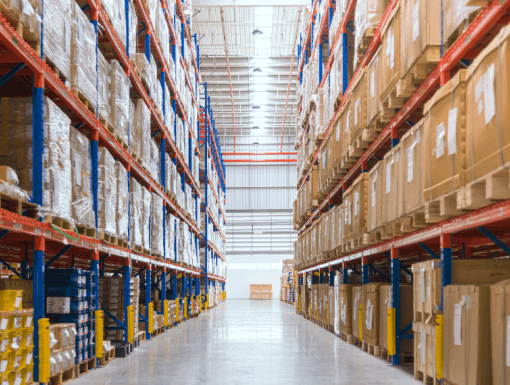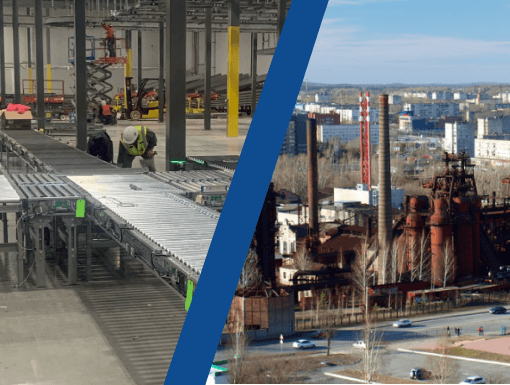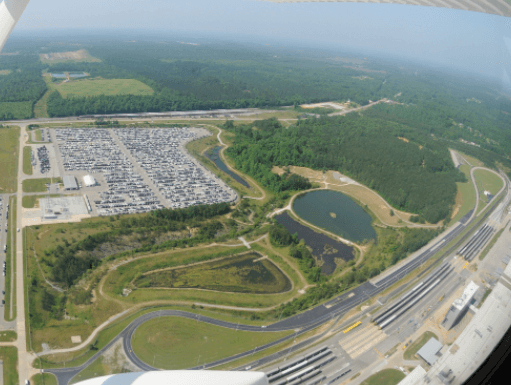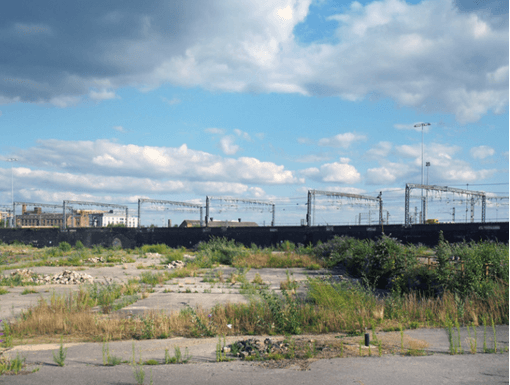Do you know the difference between a greenfield and a brownfield project? What about a retrofit project?
If not, you’re not alone. Many people are unaware of the differences between these three, but it’s an important distinction to make when considering where to build your business.
Try our free Supply Chain Improvement Plan Generator here.
In this blog post, we’ll give you a brief overview of each type of project, the differences between greenfield vs brownfield, and the pros and cons of each.
What is a Greenfield vs Brownfield Site?
Greenfield sites and brownfield sites are two distinct types of land. A brownfield site is land that has been previously built on, such as abandoned factories or outdated office buildings. On the other hand, a greenfield site refers to undeveloped land that has not been built on. Understanding the differences between greenfield and brownfield sites is important for making informed decisions about development projects.
Brownfield land is typically found in urban settings whereas greenfield land is more likely to be found in rural environments.
One key element to consider before deciding on a greenfield or a brownfield location is your site selection criteria and the advantages you encounter when this is correctly done.
Let’s dive further into each, looking at greenfield land first.
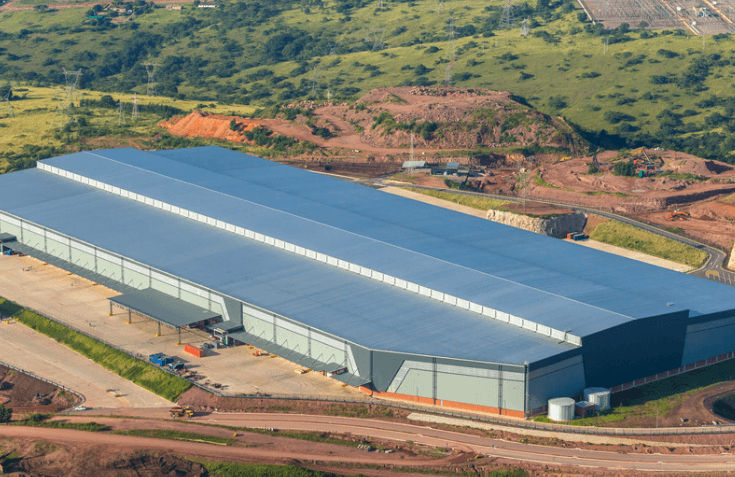
What is a Greenfield Project?
A greenfield site is a piece of land that has never been built on before. The development plan, auxiliary projects, support services, electric, and other utilities are all done from scratch.
An example would be a property formerly utilized only for agriculture that has not been improved. This is ideal for construction.
However, when talking about greenfield projects, you need to be very clear about what your company wants to do.
Government and project managers need to actively communicate throughout the site selection process so that the whole area is appropriately zoned, the building permit and process are clearly defined, and the construction timeline is built with rigorous inspection workflows.
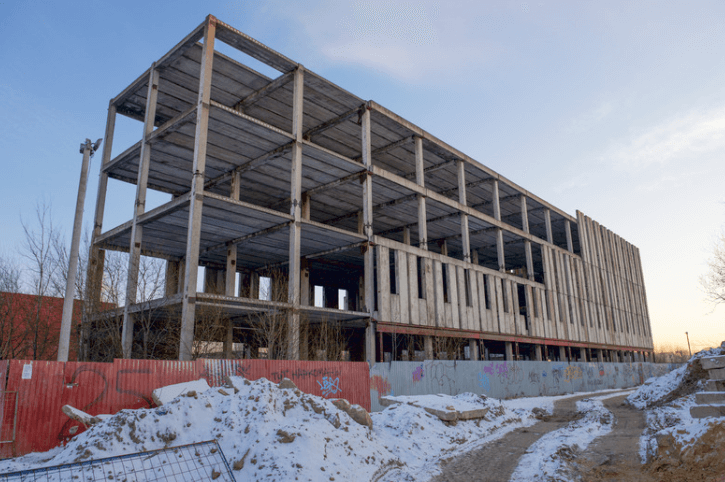
What is a Brownfield Project?
Brownfield sites, or brownfield development sites, are previously developed and abandoned areas of land that may have been contaminated by hazardous materials or pollution.
The projects are more complex. These kinds of land uses have become increasingly attractive as it becomes more difficult to find viable land near urban areas. Government incentives are in place to encourage the cleanup and revitalization of abandoned commercial land.
In Ohio alone, $350 million in funding for brownfield projects was approved for the 2022-2023 budget on a first-come, first-serve basis.
When considering brownfield sites, two things to be wary of are the soil and the existing infrastructure. In some cases, the contamination may be so severe that it is no longer possible to develop on the property; in other situations, the building is too unstable and will have to be demolished and rebuilt (also referred to as brownfield redevelopment).
What is a Retrofit Project?
In the field of material handling and supply chain, the words “brownfield” and “retrofit” are frequently interchanged. Integrators like ourselves, typically work on retrofit projects, whereas true brownfield projects are more common for construction and architecture companies.
A retrofit is a second-generation or older building that had a prior tenant, and the new tenant has a different desired purpose that will require renovations. Most of the time, these renovations are to the building’s function and size.
For example, let’s say a second-generation building has insufficient office space for the next tenant, therefore it must be retrofitted before the new tenant makes the building operational. A more technical scenario would be if you are replacing an old sorter with a new faster one; it is sometimes known as a brownfield because it must integrate and replace system components.
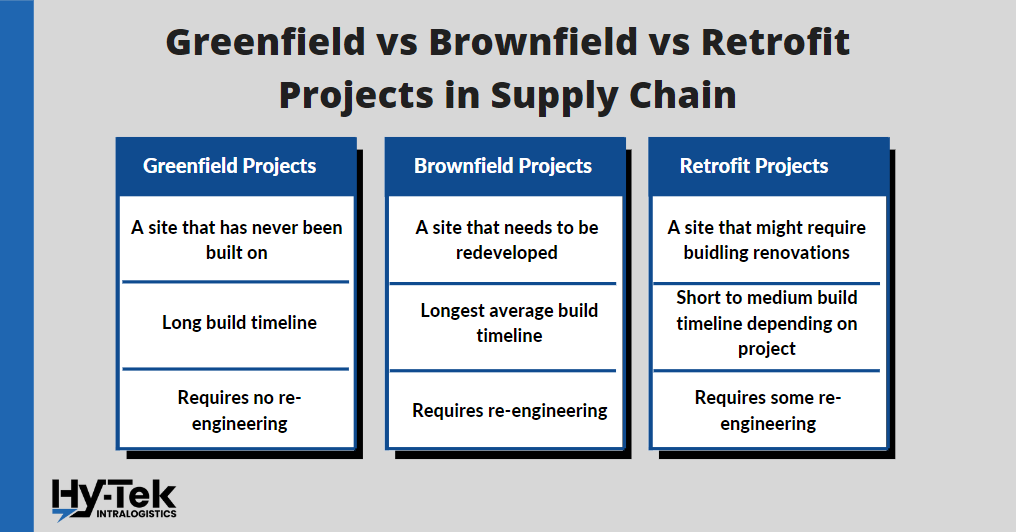
When is a Greenfield Project Better?
As land near the city becomes increasingly competitive, greenfield sites are growing further away from city centers.
Greenfield sites are a better option when the following factors are considered:
- The project’s zoning is easier to change.
- When there is ample space for potential future additions on-site.
- Transportation routes require immediate access to highway systems, and traffic flow is a concern within city limits.
- There are no hazardous waste or waste contamination issues to deal with.
- There is solid pre-existing infrastructure in places like roads, railways, electricity, and sewer lines.
- You’re located in an area that can avoid urban sprawl.
- Grading and land preparation requirements are minimal.
- Provides opportunities to access new, untapped labor markets.
- The ability to build-to-suit is extremely helpful for custom/unique operations.
When is a Brownfield Project Better?
Redevelopment opportunities – cleaning up run-down, abandoned brownfield properties within city limits provides enormous economic development potential.
However, when building on previously developed land, there is a higher risk of delays due to construction complications and environmental remediation.
Brownfield sites are a better option when the following factors are considered:
- Government grants are available to help drive down redevelopment costs.
- The distance from urban cities and customer/service requirements are in close proximity to the location.
- Nearby labor is abundant.
- Environmental remediation is required on a greenfield site.
- There is no contamination to remove before development.
- You are in a tight and competitive real estate market.
- When you have the ability to lower build costs by leveraging existing spaces (ex: turn office space into increased floor space).
When is a Retrofit Project Better?
Before considering going outside your current location, consider this: Can we solve our present problem within our four walls? If the answer is no, the next question should be: Do we have enough space on site to grow beyond our four walls? If you answered yes to that question, then a retrofit is your best bet.
Retrofit projects are a better option when the following factors are considered:
- There is the necessary space required on-site to upgrade or reorganize your current setup.
- The project will not require several utility changes (lighting design, HVAC, plumbing, removing or adding new walls, etc.)
- You can retrofit your existing footprint by condensing your operations (ex: a shift from Narrow Aisle Rack to Very Narrow Aisle Rack to increase storage density and capacity).
- There is space on your existing site to expand your facility.
- You may work on a section at a time, so you will not be affected by downtime.
Greenfield Project Example
New Intel Location in Ohio
In January of 2022, Intel announced its plans to build a $20 billion construction of two leading-edge chip factories in the undeveloped countryside of Licking County, Ohio.
This will create tens of thousands of jobs within the region. Intel also pledged $100 million toward partnerships with educational institutions to build a talent pipeline for their research programs.
Intel is also addressing concerns over environmental impact, and the new site is designed with green building principles that use 100% renewable electricity and zero total landfill waste.
Due to the size of the facility and potential needs for future expansion (Intel has left the room to add six more facilities on their land), a greenfield project had more advantages that fit Intel’s needs best.
Brownfield Project Example
The Redevelopment of the Former Bethlehem Steel Site in Buffalo, New York
The redevelopment of the former Bethlehem Steelyard in Buffalo, New York, is one of the most ambitious real estate projects.
Spanning nearly 1,100 acres along the shore of Lake Erie, the area is being transformed into the Renaissance Commerce Park which will primarily focus on heavy industrial facilities, manufacturing plants, and warehouse distribution facilities.
The project is expected to create thousands of new jobs and generate millions of dollars in economic activity. Construction is currently underway, with the second phase currently seeking developers.
The redevelopment of Bethlehem Steelyard is a significant undertaking, but it has the potential to revitalize Buffalo’s economy and transform its waterfront.
Retrofit Project Example

An excellent example of a retrofit project is one that we did in-house.
Our Supply Chain Consulting division worked with Mannington on a project that retrofitted a recently purchased manufacturing facility into a master distribution center.
The process included marking and relocating warehouse systems to receive, store, pick, and ship carpet products of various sizes, rolls, and introducing several new case goods into the facility that had previously been manufactured and warehoused in other locations.
With the consolidation of products from multiple facilities into one smaller footprint, our team was able to maximize cube usage of the current facility through thorough data analysis, space modeling, and the integration of several storage solutions.
The expansion project also eliminated the need for costly new construction while still meeting its growth targets and providing 70,000 square feet of warehouse capacity.
Conclusion
So, what should you decide between a greenfield, brownfield, or retrofit project?
It depends on the project. All three options have pros and cons that should be considered when deciding, but the first areas to look at are your current footprint, long-term goals, and budget.
A greenfield project may make the most sense if you are starting from nothing or expanding rapidly. A brownfield project is ideal for revitalizing an existing area, and a retrofit can be a cost-effective way to improve your current operations.


